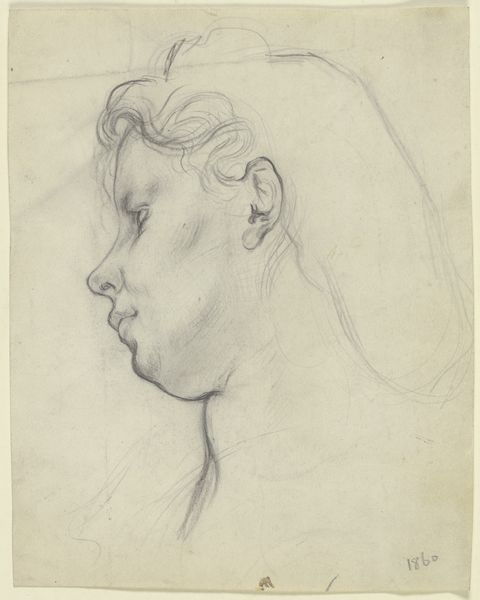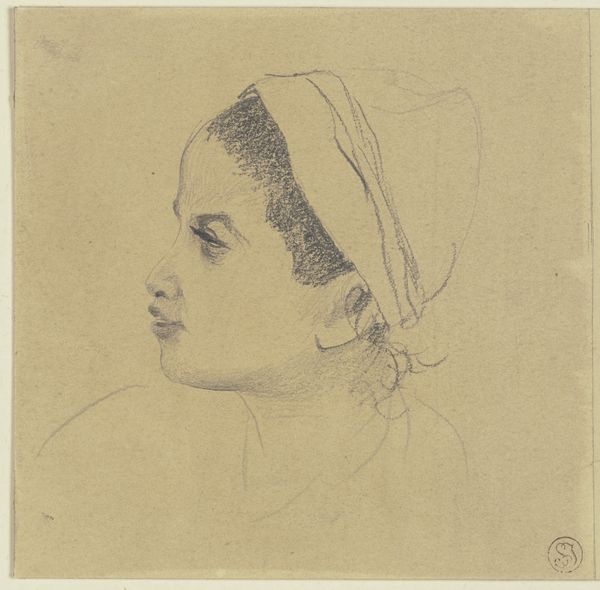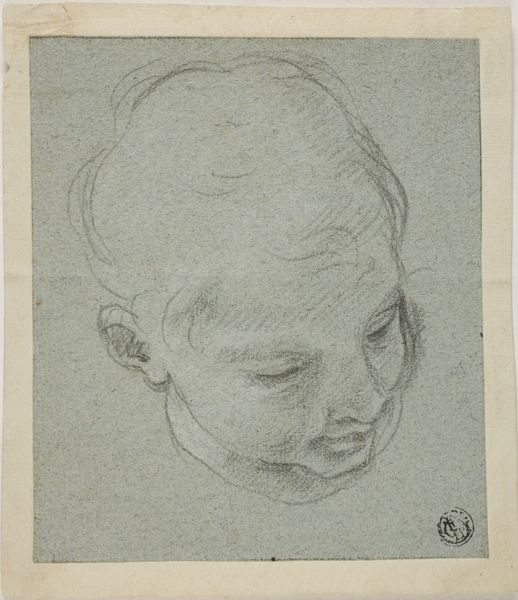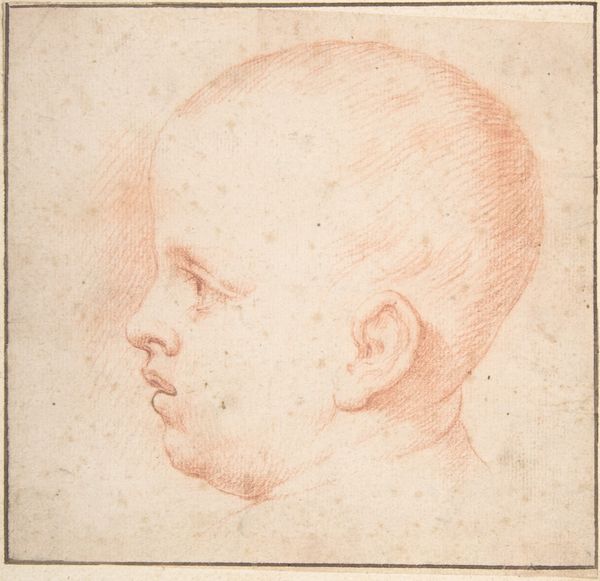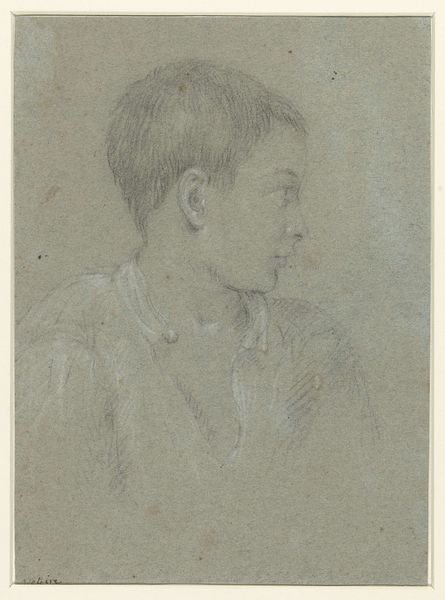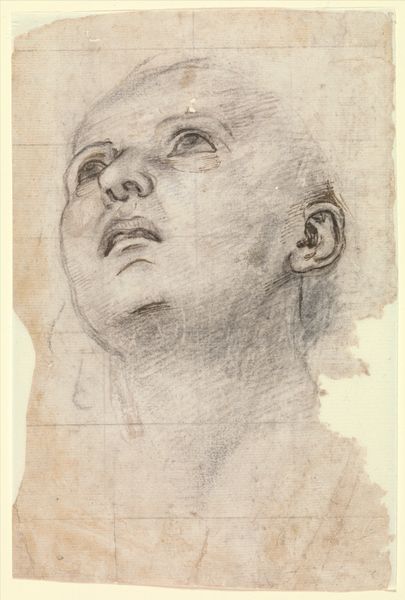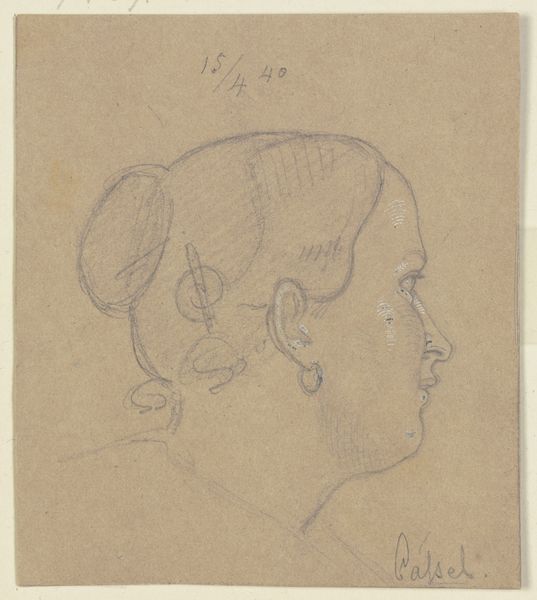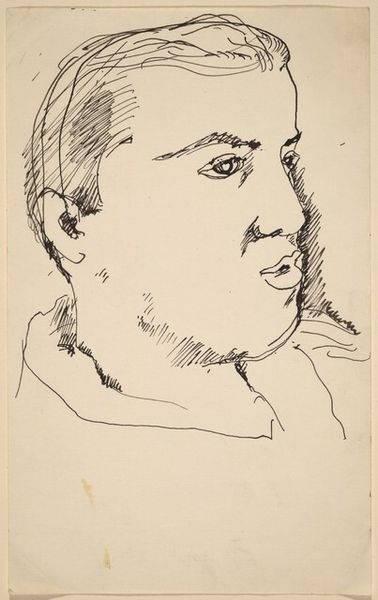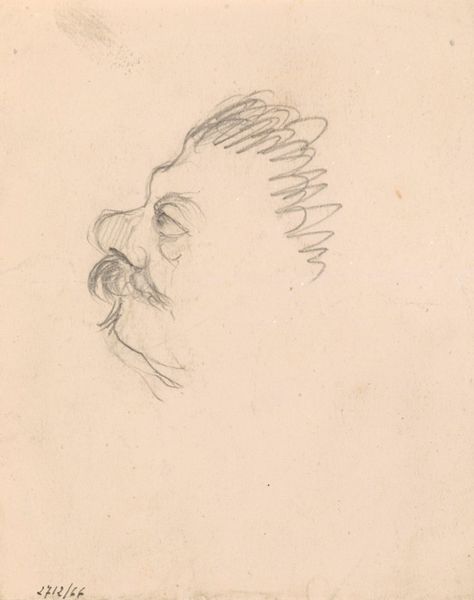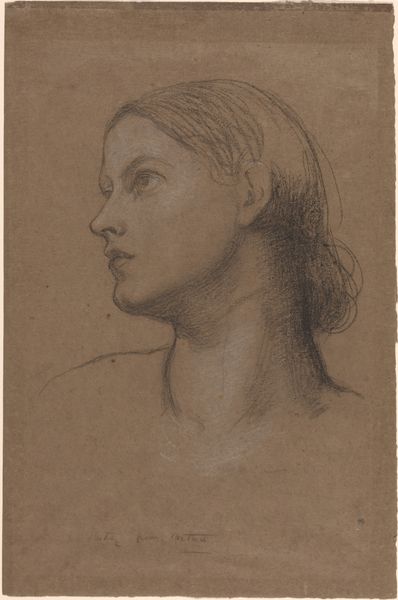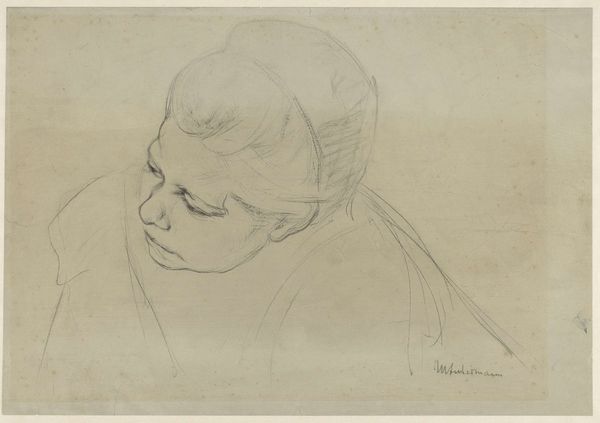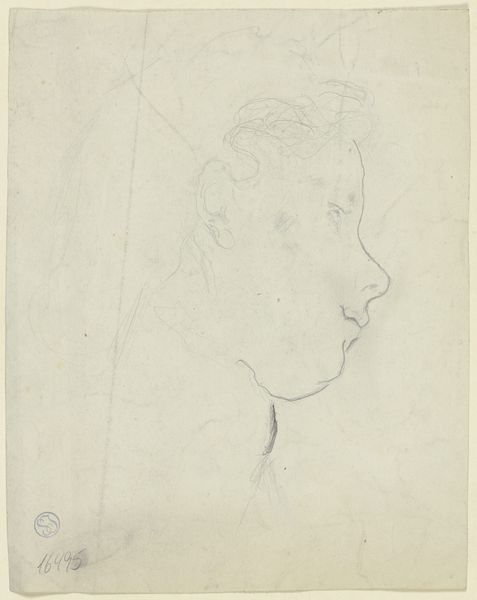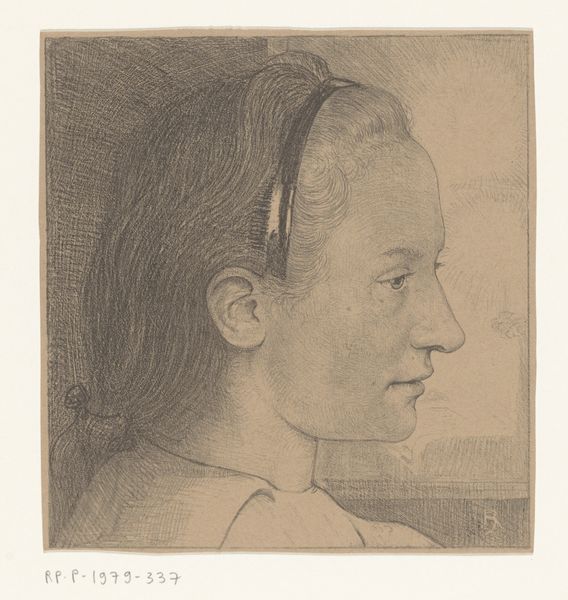
drawing, paper, pencil
#
portrait
#
pencil drawn
#
drawing
#
amateur sketch
#
facial expression drawing
#
light pencil work
#
16_19th-century
#
pencil sketch
#
paper
#
portrait reference
#
german
#
idea generation sketch
#
pencil drawing
#
sketch
#
pencil
#
portrait drawing
#
pencil work
#
academic-art
#
realism
Copyright: Public Domain
Editor: This is Wilhelm Gentz's "Orientalischer Kopf im Profil nach links," created in 1865. It's a pencil drawing on paper. It feels quite intimate, like we're peering into a private moment. How do you interpret this work? Curator: It's tempting to see this simply as a study of an individual, but the title demands we consider the loaded term "Orientalischer". The act of depicting someone from the "Orient" in 19th-century Europe was rarely neutral. Editor: What do you mean by loaded? Curator: Think about the historical context. Colonialism was at its peak. European artists frequently traveled to or depicted the Middle East and North Africa, often framing these regions and their people through a lens of exoticism, otherness, and sometimes even inherent inferiority. Does this sketch subvert that? Or does it perpetuate stereotypes, even subtly? Editor: That's a challenging question. I hadn't considered the power dynamics at play. Does the sketch humanize the subject or exoticize them? It’s hard to tell with such minimal detail. Curator: Precisely! The very act of choosing to depict an “Orientalischer Kopf” says something about the artist’s intention and the expectations of his audience. The fact that it is a quick sketch leaves the door open to more projections. We have to be critical of whose gaze is privileged. What did you take away from our discussion? Editor: I've learned to question the motivations behind artistic representation and to consider the sociopolitical context of the art! It's not just about the lines and shading.
Comments
No comments
Be the first to comment and join the conversation on the ultimate creative platform.
